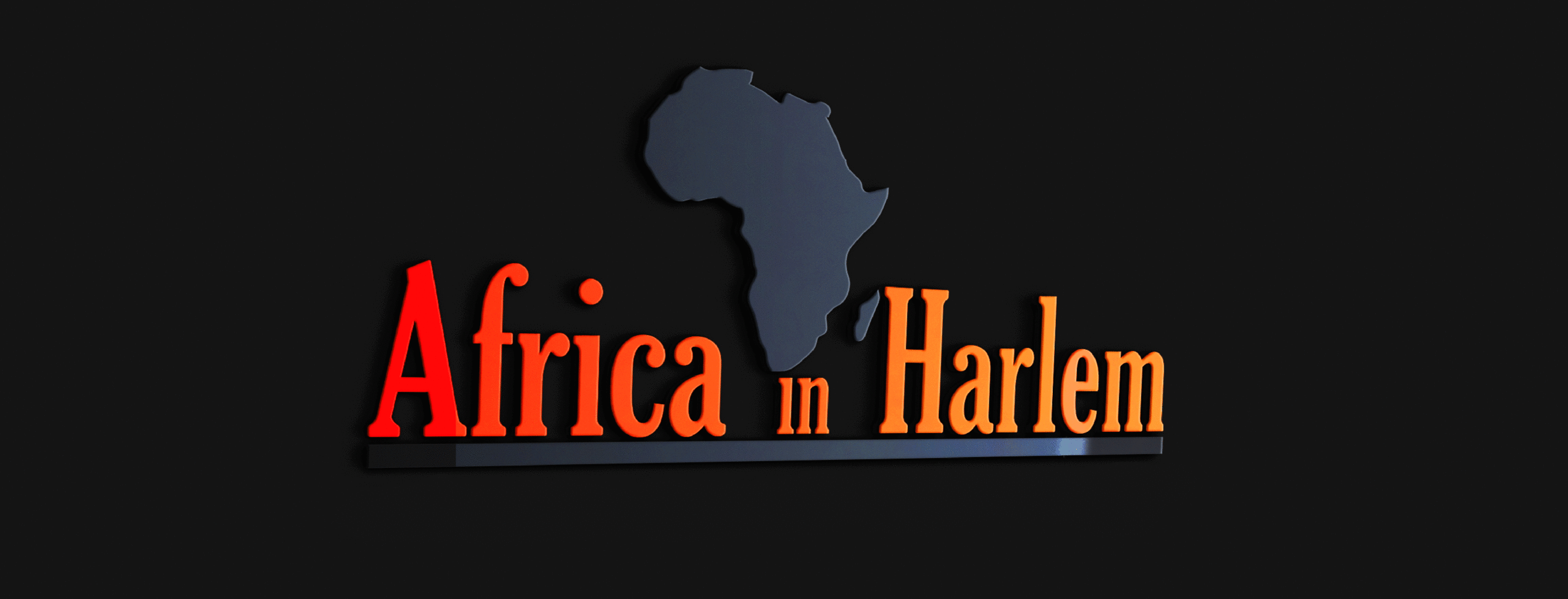On June 15, 2020, the U.S. Small Business Administration reopened the Economic Injury Disaster Loan (EIDL) and EIDL Advance program portal to all eligible U.S. small businesses and non-profits, experiencing economic impacts due to COVID-19.
SBA’s EIDL program offers long-term, low interest assistance for a small business or non-profit. EIDL assistance can be used to cover payroll and inventory, pay debt or fund other expenses. Additionally, the EIDL Advance will provide up to $10,000 ($1,000 per employee) of emergency economic relief to businesses that are currently experiencing temporary difficulties, and these emergency grants do not have to be repaid.
SBA’s COVID-19 Economic Injury Disaster Loan (EIDL) and EIDL Advance
The SBA is offering low interest federal disaster loans for working capital to small businesses and non-profit organizations that are suffering substantial economic injury as a result of COVID-19 in all U.S. states, Washington D.C., and territories.
These loans may be used to pay debts, payroll, accounts payable and other bills that can’t be paid because of the disaster’s impact, and that are not already covered by a Paycheck Protection Program loan. The interest rate is 3.75% for small businesses. The interest rate for non-profits is 2.75%.
To keep payments affordable for small businesses, SBA offers loans with long repayment terms, up to a maximum of 30 years. Plus, the first payment is deferred for one year.
In addition, small businesses and non-profits may request, as part of their loan application, an EIDL Advance of up to $10,000. The EIDL Advance is designed to provide emergency economic relief to businesses that are currently experiencing a temporary loss of revenue. This advance will not have to be repaid, and small businesses may receive an advance even if they are not approved for a loan.
New and Revised Guidance Regarding Paycheck Protection Program
The new and revised guidance for the Paycheck Protection Program (PPP) implements the Paycheck Protection Program Flexibility Act (PPPFA), signed into law on June 5, 2020.
SBA issued rules a modified borrower application form, and a modified loan forgiveness application implementing these legislative amendments to the PPP. These modifications implemented the following important changes:
• Extend the covered period for loan forgiveness from eight weeks after the date of loan disbursement to 24 weeks after the date of loan disbursement, providing substantially greater flexibility for borrowers to qualify for loan forgiveness. Borrowers who have already received PPP loans retain the option to use an eight-week covered period.
• Lower the requirements that 75 percent of a borrower’s loan proceeds must be used for payroll costs and that 75 percent of the loan forgiveness amount must have been spent on payroll costs during the 24-week loan forgiveness covered period to 60 percent for each of these requirements. If a borrower uses less than 60 percent of the loan amount for payroll costs during the forgiveness covered period, the borrower will continue to be eligible for partial loan forgiveness, subject to at least 60 percent of the loan forgiveness amount having been used for payroll costs.
• Provide a safe harbor from reductions in loan forgiveness based on reductions in full-time equivalent employees for borrowers that are unable to return to the same level of business activity the business was operating at before February 15, 2020, due to compliance with requirements or guidance issued between March 1, 2020 and December 31, 2020 by the Secretary of Health and Human Services, the Director of the Centers for Disease Control and Prevention, or the Occupational Safety and Health Administration, related to worker or customer safety requirements related to COVID–19.
• Provide a safe harbor from reductions in loan forgiveness based on reductions in full-time equivalent employees, to provide protections for borrowers that are both unable to rehire individuals who were employees of the borrower on February 15, 2020, and unable to hire similarly qualified employees for unfilled positions by December 31, 2020.
• Increase to five years the maturity of PPP loans that are approved by SBA (based on the date SBA assigns a loan number) on or after June 5, 2020.
• Extend the deferral period for borrower payments of principal, interest, and fees on PPP loans to the date that SBA remits the borrower’s loan forgiveness amount to the lender (or, if the borrower does not apply for loan forgiveness, 10 months after the end of the borrower’s loan forgiveness covered period).
The guidance also expands eligibility for businesses with owners who have past felony convictions. The eligibility threshold for those with felony criminal histories has been changed. The look-back period has been reduced from 5 years to 1 year to determine eligibility for applicants, or owners of applicants, who, for non-financial felonies, have (1) been convicted, (2) pleaded guilty, (3) pleaded nolo contendere, or (4) been placed on any form of parole or probation (including probation before judgment). The period remains 5 years for felonies involving fraud, bribery, embezzlement, or a false statement in a loan application or an application for federal financial assistance. The application also eliminates pretrial diversion status as a criterion affecting eligibility.
June 30, 2020, remains the last date on which a PPP loan application can be approved.
Click here to view the new Borrower Application.
For additional information, please visit the SBA disaster assistance website at SBA.gov/Disaster.


























